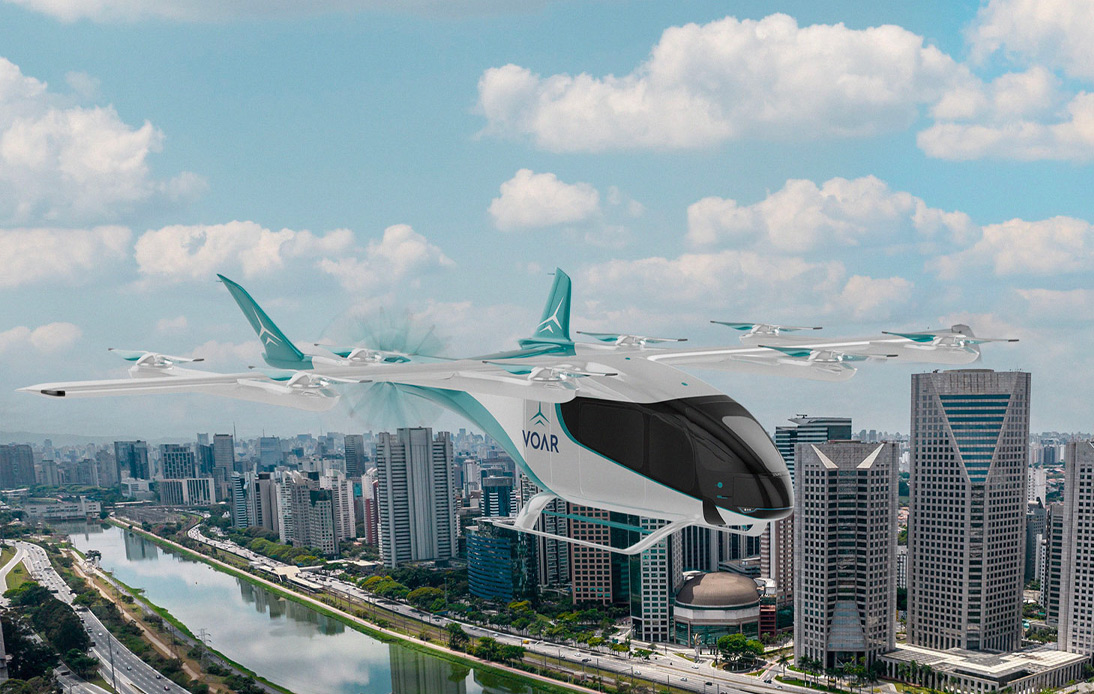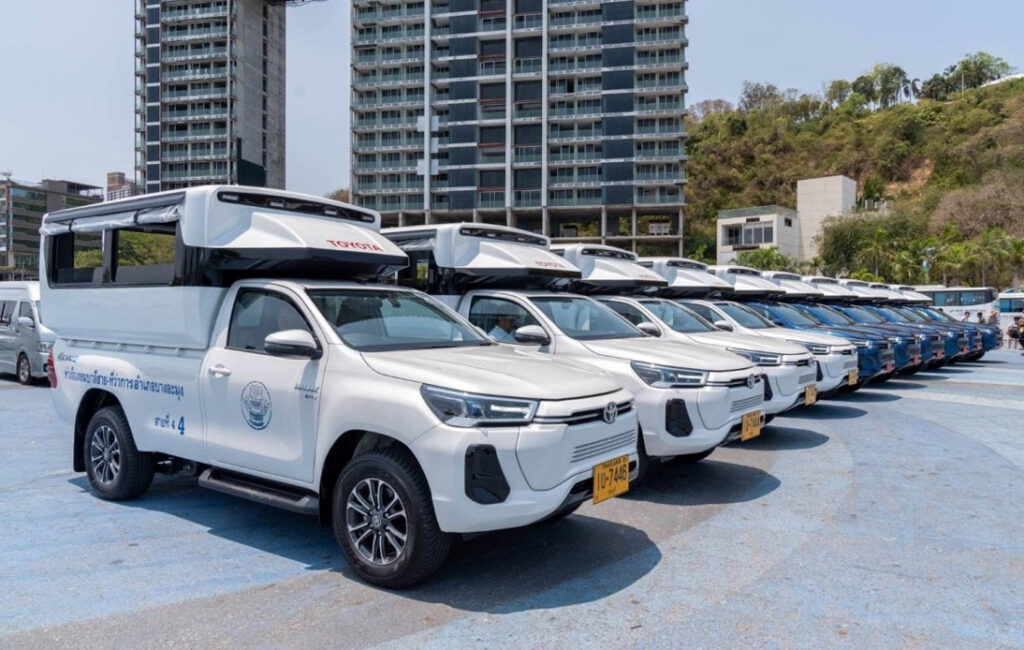
Embraer, the renowned aircraft manufacturer from Brazil, has announced plans to erect a new facility close to Sao Paolo for the purpose of creating electric playing taxis. They envision these futuristic vehicles becoming airborne by 2026.
The manufacture of these aircraft will be the responsibility of Embraer’s subsidiary, Eve. The vehicles, bearing resemblance to compact helicopters, are designed to accommodate a maximum of six passengers.
Projected costs for these airborne journeys are expected to fall within a range of $50 (THB 1,710) to $100 (THB 3,420) per individual passenger.
Eve is confident about the product’s demand, claiming they already have close to 3,000 orders for these aerial taxis.
This year, they plan to put together a prototype. This aligns well with recent developments, as US regulators have put forth a timeline that could see such air taxis operational by 2025.
These electric vertical take-off and landing (eVTOL) aircraft eliminate the necessity of a runway, yet can cover substantial distances similar to conventional aeroplanes.
The electric propulsion should minimize noise and environmental pollution, thereby offering an advantage over traditional aircraft. The potential impact of these aircraft is being discussed widely.
They could potentially mitigate traffic congestion in bustling urban environments without imposing substantial costs on passengers. In addition, they present a new avenue for cargo transportation.
Taubate, located approximately 140km (87 miles) from Brazil’s economic hub Sao Paulo, is slated to be the site of the new production facility.
As per a report by AFP news agency, these innovative passenger vehicles, similar to drones, are set to make their debut within taxi fleets.
While initial flights will be piloted, Embraer does envision a subsequent introduction of autonomous vehicles.
With a fully electric propulsion system, these vehicles will allow for flights that do not contribute to carbon emissions.




















